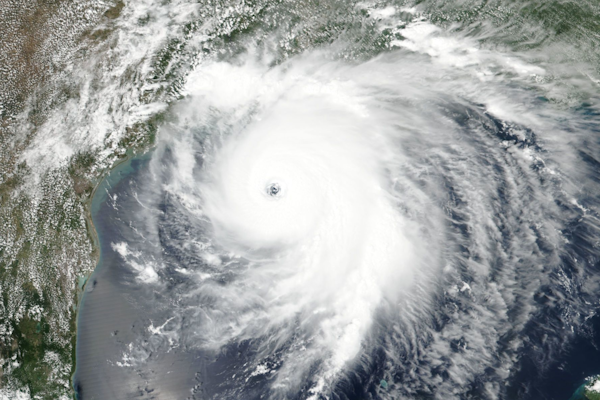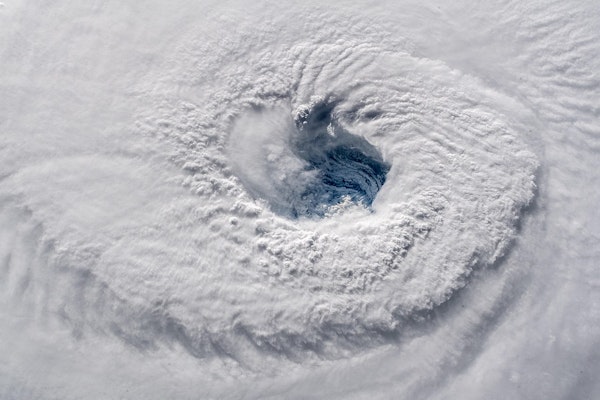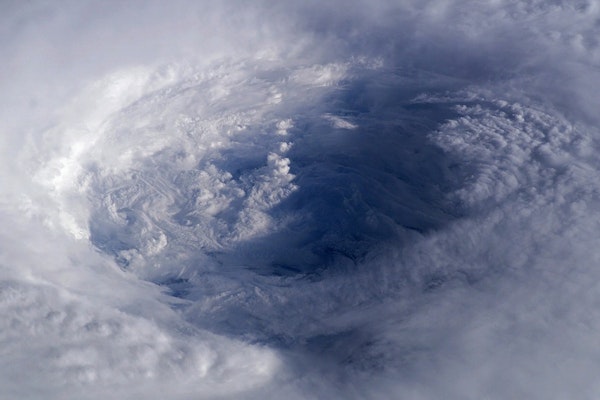
Loss of Military Satellite Data May Affect Hurricane Forecast Accuracy
Critical satellite data used for predicting rapid hurricane intensification will end June 30, potentially complicating forecasts during peak hurricane season.
June 30
Catastrophe
Property
Risk Management
Technology

Wildfires and Storms Drive Record Claim Severity in Early 2025 as Volume Hits Five-Year Low
Despite costly California wildfires and severe storms in Texas and the Midwest, property claim volume in Q1 2025 dropped to its lowest level in five years, Verisk reports.
June 24
Catastrophe
Insurance Industry
Property
Risk Management

Why Florida, Texas, and California Lead the Nation in Lightning Insurance Claims
Florida, Texas, and California consistently rank highest for lightning-related insurance claims due to storm frequency, surge damage, and wildfire-triggered losses.
June 24
Catastrophe
Insurance Industry
Property
Risk Management
California
Florida
Texas

Colorado State University Predicts Above Normal 2025 Atlantic Hurricane Season
The 2025 Atlantic hurricane season is projected to be above-average with 17 named storms, nine hurricanes and four major hurricanes, increasing landfall risks along U.S. and Caribbean coasts.
June 19
Catastrophe
Insurance Industry
Property
Risk Management
Florida
Texas

Revolutionizing Catastrophe Modeling with AI for Insurers
Insurers can modernize CAT modeling by integrating AI-driven data capture, cleansing, enrichment, and analysis to deliver dynamic, real-time risk assessments that enhance underwriting and portfolio decisions.
June 19
Catastrophe
Insurance Industry
Risk Management
Technology

Claims Decline as Replacement Costs Skyrocket in Q1 2025
In Q1 2025, U.S. and Canadian property claims hit a five-year low even as average replacement costs surged 46 percent year-over-year, led by California wildfire losses and rising reconstruction expenses.
June 19
Catastrophe
Legislation & Regulation
Property
Risk Management

Hurricane Erick Pounds Mexican Coast with Fierce Winds and Flood Threat
Upgraded to ‘extremely dangerous’ Cat 4 before landfall, Erick made shore near Punta Maldonado with 125 mph winds, heavy rain and storm surge poised to trigger floods and mudslides.
June 19
Catastrophe
Insurance Industry
Property
Risk Management

Google Partners with National Hurricane Center for AI-powered Tropical Cyclone Forecasts
Google is working with the National Hurricane Center to evaluate a new AI model that could enhance tropical storm predictions up to 15 days in advance.
June 12
Catastrophe
Legislation & Regulation
Risk Management
Technology

Updated Hurricane Loss Model Approved by Florida Commission
Florida’s hurricane model commission approves Karen Clark & Co.’s Version 5.0, featuring enhanced climate data, upgraded vulnerability functions, and new coverage modeling capabilities.
June 12
Catastrophe
Property
Risk Management
Technology
Florida

Natural Disasters and Legal Pressures Are Driving Up Homeowners Insurance Costs Nationwide
Homeowners insurance is becoming less affordable nationwide as natural disasters, legal system strain, and rising repair costs drive premiums higher, especially in disaster-prone states.
June 11
Catastrophe
Insurance Industry
Litigation
Property
Alaska
Florida
Louisiana
Maryland
Mississippi

How the Insurance Industry Is Preparing for a Fierce 2025 Hurricane Season
After a season of compounding storms and inland flooding in 2024, the insurance industry is refining its storm strategies and readiness plans for a potentially active 2025.
June 11
Catastrophe
Education & Training
Insurance Industry
Property

Homeowners Take Legal Action Against USAA and AAA Insurers Over Los Angeles Wildfire Coverage Disputes
Lawsuits filed in Los Angeles County accuse USAA and AAA-affiliated insurers of underinsuring homes damaged in the January 7 wildfires, leaving policyholders unable to rebuild.
June 9
Catastrophe
Insurance Industry
Litigation
Property
California

Scientists Chase Extreme Hailstorms Across the Plains to Uncover the Costliest Weather Threat
Researchers are diving into hailstorms across Texas, Oklahoma, and Kansas to better understand one of the U.S.’s costliest but most overlooked weather risks.
June 9
Catastrophe
Insurance Industry
Property
Risk Management
Colorado
Kansas
New Mexico
Oklahoma
Texas

Colorado Advances Wildfire Insurance with Predictive Tech Models
Starting July 2026, Colorado will let insurers use advanced risk models for wildfire coverage, aiming to price policies more accurately amid rising climate threats.
June 9
Catastrophe
Legislation & Regulation
Property
Technology
California
Colorado

How Georgia Can Tackle Rising Insurance Premiums and Loss Ratios
Georgia homeowners face surging premiums after back-to-back hurricanes. Lawmakers and insurers are exploring solutions to stabilize the market and protect consumers.
June 9
Catastrophe
Legislation & Regulation
Property
Risk Management
Alabama
Arkansas
Florida
Georgia
Louisiana





